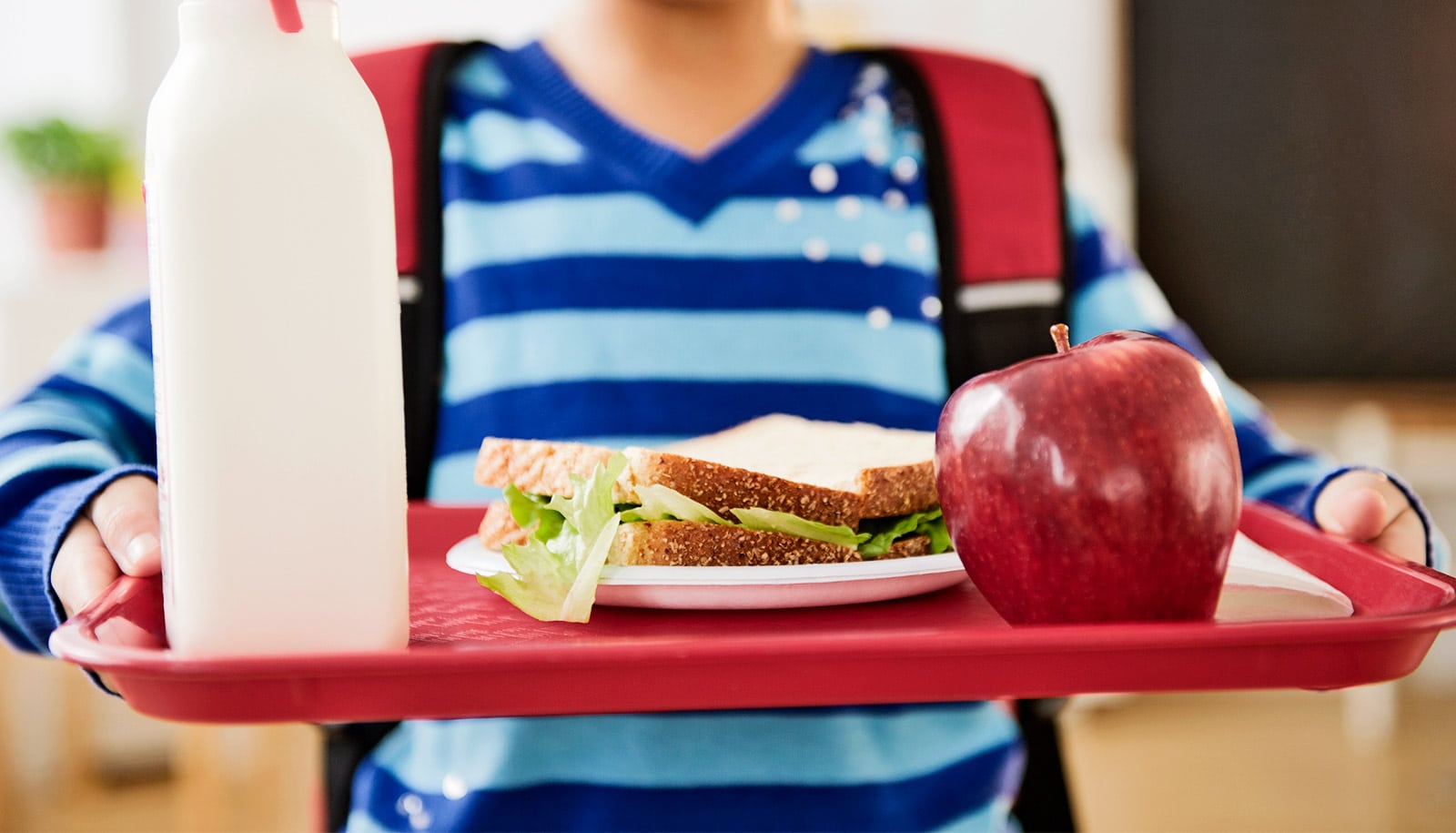A new study examines the responses of child nutrition administrative agencies as schools across the United States moved to online learning or hybrid models due to the COVID-19 pandemic.
“Our study aims to gather information on how states, territories, and Washington, DC, communicated with jurisdictions effectively to provide time-sensitive information on school meal programs as a result of the COVID-19 pandemic,” says Gabriella McLoughlin, research fellow at the Prevention Research Center and at the Implementation Science Center for Cancer Control at the Washington University School of Medicine in St. Louis.
None of the jurisdictions studied “executed a comprehensive plan to address [pandemic-related] food insecurity,” says McLoughlin, lead author of the study in the Journal of Nutrition Education and Behavior.
Understanding jurisdictions’ approaches to meal provisions is critical to current and future emergency planning to help address food insecurity better, limit disease transmission, and prevent health disparities, particularly among at-risk populations, McLoughlin says.
McLoughlin and colleagues assessed jurisdictions on the comprehensiveness of seven criteria in crisis communication with internal and external stakeholders. The criteria included mentions of school or meal provisions in emergency declarations, references to meal provisions in school closure announcements, school meal sites, and emergency meal service implementation guidance.
Results showed that most jurisdictions mentioned school meal provisions in school closure announcements (76.4%), provided easily intepretable information and/or maps about meal sites (57.9%), and included detailed information about school meal provisions in their coronavirus disease landing web pages (51%).
Fewer provided updated and comprehensive implementation guidance (39.3%), referenced school closures in emergency declarations (37.5%), had clear communication/outreach to families (21.4%), or partnered with anti-hunger organizations (11.6%).
“Our analysis gave us important insights on what could be done better in the months to come as the pandemic is ongoing and cases are still rising, increasing the need to feed students,” McLoughlin says.
“Although it is not surprising, none of the jurisdictions examined executed a comprehensive plan to address food insecurity during a pandemic of this nature and school closures of this duration,” she says.
“The initial responses to COVID-19 should serve as important foundations for lessons learned as this pandemic persists and as jurisdictions work to better plan for future emergencies. Translating this evidence into action is important, given the rising prevalence of food insecurity across the nation.”



